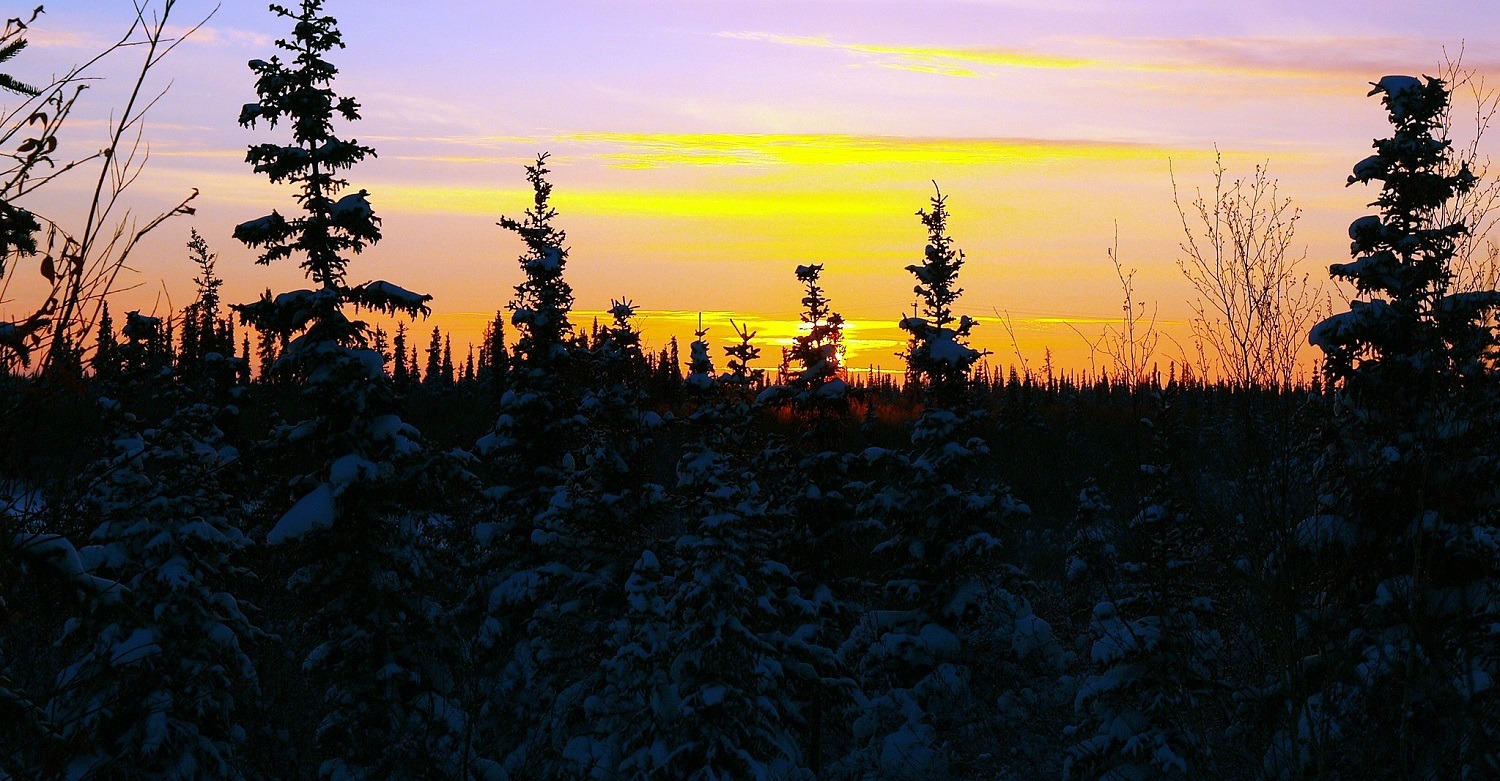It never ceases to amaze me how quickly technology evolves. In 2007, the iPhone was released and dramatically transformed the way we communicate. Then, less than three years later, the first iPad hit consumer shelves and revolutionized personal computing. Now, Internet service providers around the world are racing to deploy the infrastructure needed to fuel our transition into smart cities of increasingly connected homes and driverless cars.
While some major U.S. cities are set to get home access to 5G broadband speeds as soon as this month, there are still many people living in rural and remote Indigenous communities across North America that struggle to open an email.
It’s time to get our priorities straight. The Internet is a powerful tool transforming virtually every aspect of our lives. But we can’t move forward if anyone is left behind. Indigenous voices must count in our digital future.
The Canadian Radio-television and Telecommunications Commission (CRTC) recently made an important step in the right direction when it released details of its $750 million Broadband Fund to improve connectivity in underserved and remote regions of Canada.
The fund makes an important commitment to ensure applicants consult with First Nations, Inuit, and Métis and respect treaty and land claim rights. The great news is that CRTC will also give special consideration to projects that provide service to Indigenous communities living in remote and underserved areas throughout Canada.
Since anyone from a band council to a big three telecom corporation is eligible to apply for the fund, it’s a prime opportunity for Indigenous communities to connect themselves to the Internet on their own terms through community networks.
Community networks are communications infrastructure built, managed and used by local communities. They provide a sustainable solution to address the connectivity gaps that exist in underserved urban, remote, and rural areas around the world.
The Internet Society will highlight some of these at the 2018 Indigenous Connectivity Summit (#Indigenet2018) this week in Inuvik, Northwest Territories. In partnership with University of Alberta, First Mile Connectivity Consortium, Inuvialuit Regional Corporation, and the Town of Inuvik, the event will inspire solutions to connect the last 1,000 miles by showcasing success stories of community networks from North America and abroad.
While the CRTC Broadband Fund could be a huge step towards instigating fast, affordable and sustainable Internet solutions in Indigenous communities, collaboration will be key to get the most bang for their buck. That means we need the CRTC and broadband fund applicants to join governments, policy makers, businesses, and community leaders at the Indigenous Connectivity Summit to honour their commitment and support them.
Thankfully, we already have some important allies in our corner. Here’s how our sponsors are helping to make #Indigenet2018 possible:
Our Gold Level sponsors:
- CANARIE manages and develops components of digital research infrastructure for Canada’s research, education and innovation communities.
- Canadian Internet Registration Authority (CIRA) is a member-based not-for-profit organization, best known for managing the .CA internet domain on behalf of all Canadians, developing and implementing policies that support Canada’s Internet community and representing the .CA registry internationally.
- Cybera is a not-for-profit corporation responsible for the operation of Alberta’s Optical Regional Advanced Network.
- Iristel, is a Canadian provider of Voice over Internet Protocol (VoIP) services and its subsidiary, Ice Wireless, is a regional mobile operator and telecommunications company based in Inuvik, Northwest Territories.
Our Silver Sponsors:
- Google is an American multinational technology company that specializes in Internet-related services and products, which include online advertising technologies, search engine, cloud computing, software, and hardware. Google has supported the Summit since 2017.
- OneWeb is a proposed satellite Internet constellation of approximately 882 satellites expected to provide global Internet broadband service to individual consumers as early as 2019.
Our Bronze Sponsors:
- The Internet Corporation for Assigned Names and Numbers (ICANN) is the non-profit organization responsible for coordinating the maintenance and procedures of several databases related to the namespaces and numerical spaces of the Internet, ensuring the network’s stable and secure operation. ICANN has also been a supporter of the Summit since 2017.
- Telesat is a Canadian satellite communications company providing service for broadcast, telecom and corporate entities in North America and abroad.
As digital citizens, we all have a responsibility to create an Internet that is truly open and accessible to everyone.
Making sure the CRTC honours its commitment to include Indigenous voices in the decisions and solutions that shape our future is a critical part of closing Canada’s digital divide. It’s also an important step on the path towards reconciliation with First Nations, Inuit and Métis in Canada.
Let’s come together at #Indigenet2018 and ensure the CRTC follows through to #CountMyVoice and #SwitchItOn!
Read more of our coverage of the Indigenous Connectivity Summit 2018.
Image credit: Wikimedia Commons

